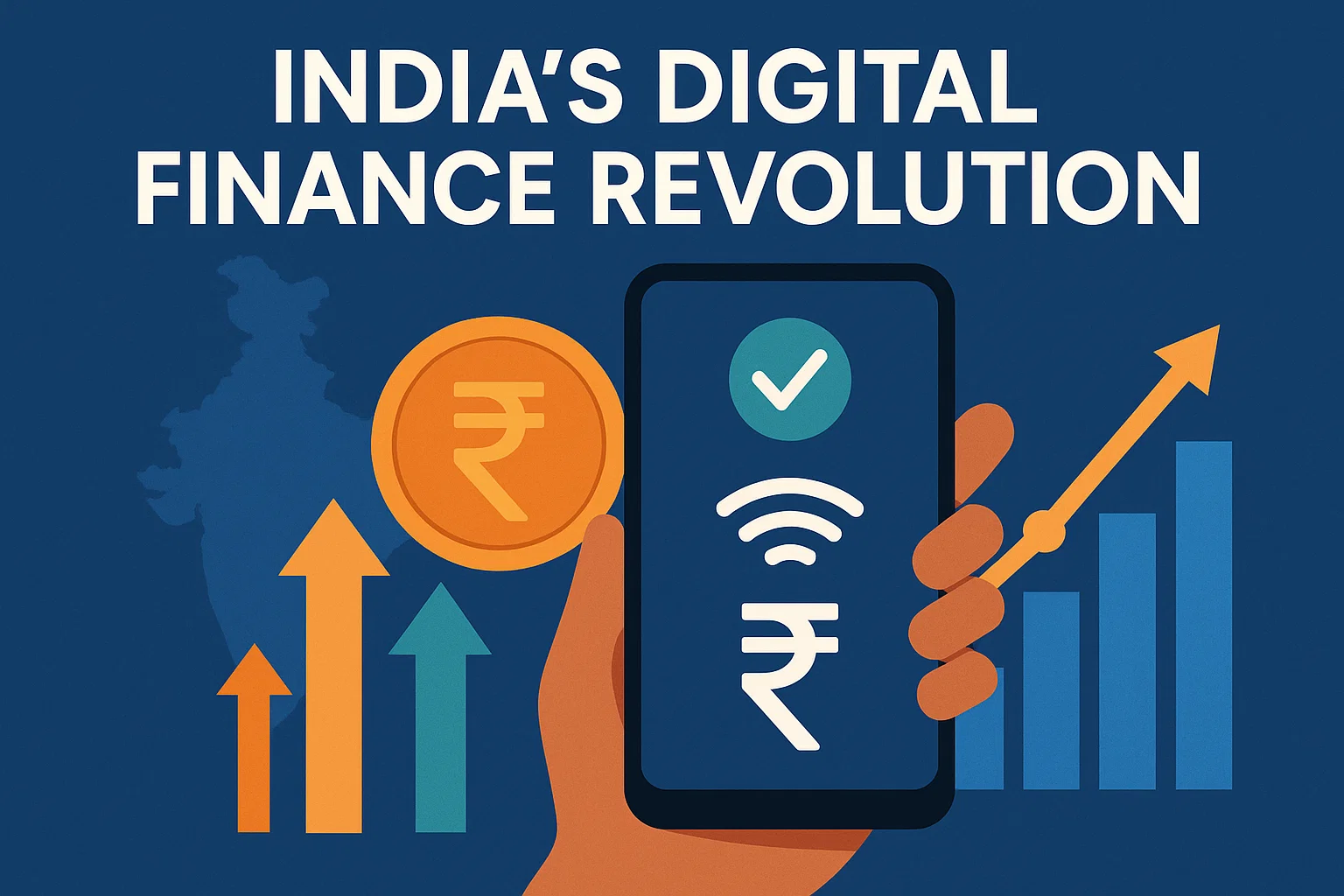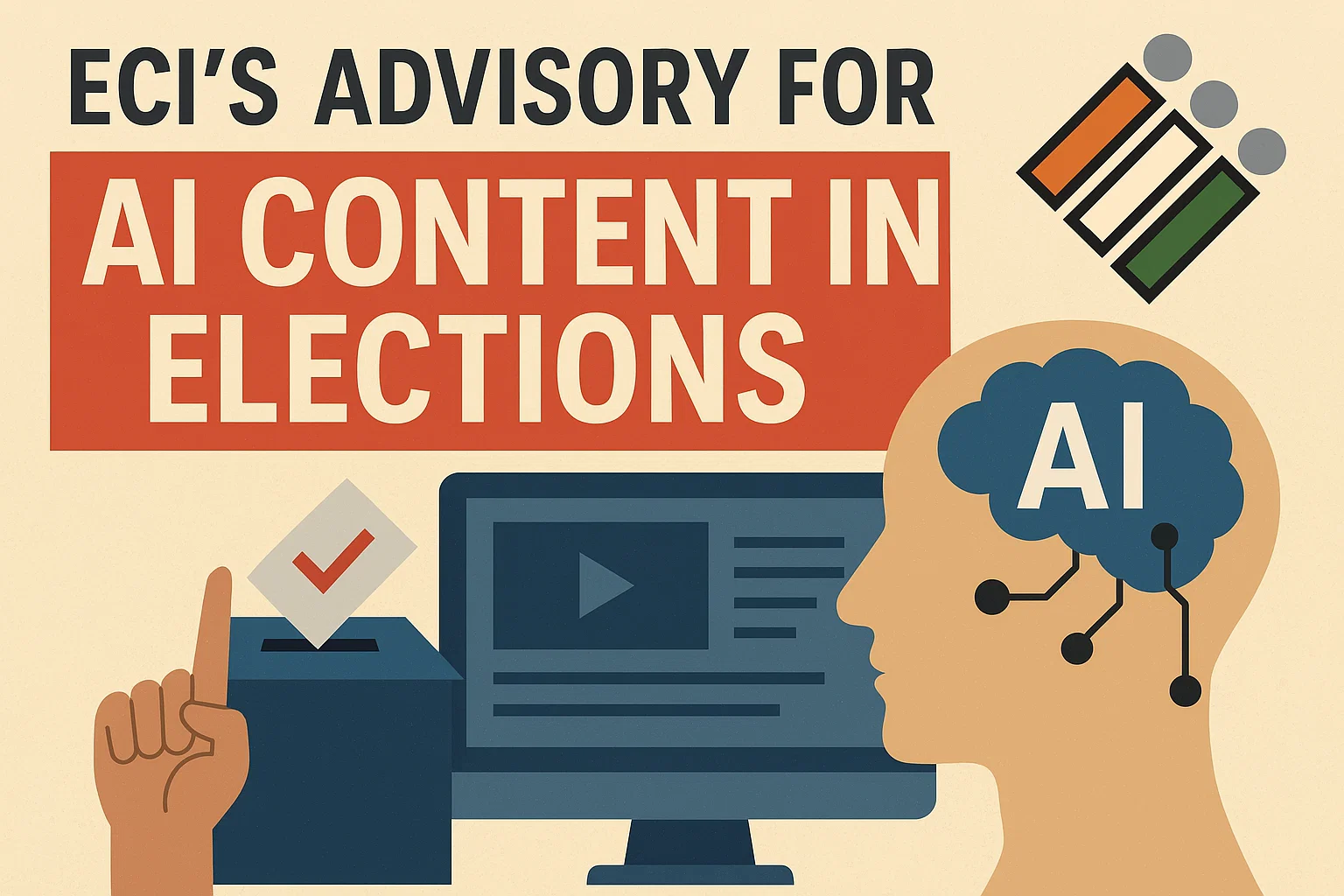Government Spending and Public Expenditure
Context:
Government spending plays a crucial role in shaping a country’s economic growth and social well-being. However, it is essential to remember that governments do not have their own money—it all comes from taxpayers.
More on News
- As former British Prime Minister Margaret Thatcher aptly put it, “If the state wishes to spend more, it can do so only by borrowing your savings or by taxing you more.”
- This makes it imperative for citizens to scrutinize how and where public funds are allocated.
- A recent study published in the Reserve Bank of India’s (RBI) monthly bulletin analyses how effectively the Indian government—both at the central and state levels—has spent public money over the years.
Key Trends in Public Spending
Over the past two decades, two significant trends have shaped India’s approach to public expenditure:
- Emphasis on Fiscal Discipline: Fiscal discipline refers to the principle that governments should live within their means and avoid excessive borrowing. To enforce financial prudence, India enacted the Fiscal Responsibility and Budget Management (FRBM) Act in 2003. This law set two primary targets:
- The fiscal deficit—the gap between total government income and expenditure—should ideally not exceed 3% of GDP.
- The revenue deficit—the gap between the government’s everyday income and routine expenditure—should be zero.
- The rationale behind these limits was to ensure that government borrowing is primarily directed toward capital investments, such as infrastructure projects, rather than day-to-day expenses like salaries.
- More recently, India has shifted focus to controlling overall debt (the accumulation of past deficits) as a percentage of GDP, rather than just an annual fiscal deficit, to maintain long-term financial stability.
- Increased Focus on Capital Expenditure: Capital expenditure (capex) refers to investments in infrastructure and assets that enhance the economy’s productive capacity. Unlike revenue expenditure, which covers recurring expenses like salaries and subsidies, capex includes projects such as roads, railways, and power plants.
- However, achieving these fiscal goals has been challenging. Global economic crises—such as the 2008 Financial Crisis and the COVID-19 pandemic—have necessitated increased government spending to stimulate economic recovery.
- Additionally, political pressures, including demands for loan waivers and direct cash transfers, have often led to unsustainable revenue expenditures, impacting overall fiscal discipline.
Measuring the Quality of Public Expenditure: The RBI’s QPE Index
To evaluate how effectively public funds are utilised, the RBI has developed a Quality of Public Expenditure (QPE) Index using data from 1991 onward. This index assesses public spending at both the central and state levels based on five key indicators:
- Capital Outlay to GDP Ratio: The proportion of GDP allocated to building infrastructure; a higher ratio indicates better spending quality.
- Revenue Expenditure to Capital Outlay Ratio: Compares routine expenses with capital investment; a lower ratio signifies better fiscal management.
- Development Expenditure to GDP Ratio: Measures investment in sectors like education, healthcare, R&D, and public infrastructure, which drive economic growth.
- Development Expenditure as a Percentage of Total Expenditure: A higher value reflects a greater focus on growth-oriented spending.
- Interest Payments to Total Government Expenditure Ratio: A lower ratio indicates reduced financial burden from past borrowings, improving overall spending quality.
India’s Progress in Public Expenditure Quality
The RBI study divides India’s public spending trends since 1991 into six phases:
- Early Fiscal Reforms (1991-1997): The Centre’s QPE index saw a slight improvement, but states struggled due to fiscal pressures. Public investment declined as fiscal consolidation became a priority.
- Fiscal Deterioration (1998-2003): The implementation of the Fifth Pay Commission, rising interest payments, and an overreliance on revenue expenditure led to a sharp decline in the QPE index.
- Recovery and Fiscal Discipline (2004-2008): The introduction of the FRBM Act and strong economic growth improved government revenues, leading to a sharp rebound in the index. States benefited from increased tax devolution.
- Impact of the Global Financial Crisis (2009-2013): The government introduced fiscal stimulus measures to counter the economic slowdown. While this increased spending, it also led to higher deficits, gradually eroding the quality of expenditure.
- Divergent Trends (2014-2019): States saw an improvement in their QPE index due to increased development spending and greater financial autonomy. However, the Centre faced revenue challenges, partly due to the Goods and Services Tax (GST) transition, affecting its spending quality.
- COVID-19 and Economic Recovery (2020-Present): The pandemic led to a surge in government spending, but a strong recovery, coupled with a renewed focus on capital expenditure, helped boost the quality of public expenditure.
Current Scenario and the Way Forward
- According to the RBI’s latest assessment, the quality of public expenditure in India—both at the central and state levels—is currently at its highest point since the economic liberalisation of 1991.
- This is largely due to increased capital investments, improved revenue management, and a more structured fiscal policy.
- However, maintaining this momentum will require continued emphasis on fiscal discipline and targeted capital expenditure.
- The government must resist the temptation to prioritise short-term political gains through unsustainable revenue spending and instead focus on long-term economic growth.
In conclusion, how a government allocates its resources directly impacts the economy and the well-being of its citizens. Ensuring that public funds are used effectively, with a focus on infrastructure, innovation, and sustainable growth, will be critical for India’s continued progress in the years ahead.


